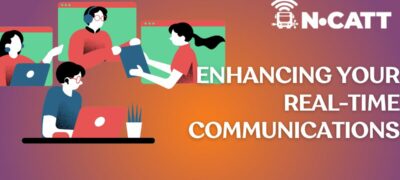
Enhancing Your Real-Time Communications On-Demand Course
You’re probably collecting a whole lot of real-time data with your vehicles, but there’s much more you can do with…

You’re probably collecting a whole lot of real-time data with your vehicles, but there’s much more you can do with…
Is your transit agency interested in doing more with your data? Are you looking for better ways to create interactive…
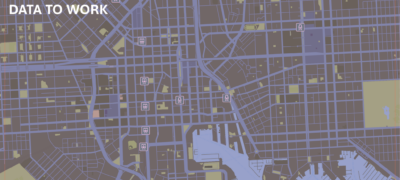
This workshop helps transit managers and planners use their GTFS Feed to its fullest potential, from reviewing the basics to…
A few years ago, Mobility as a Service (MaaS) was an innovative concept proposing to integrate mobility options. But what…
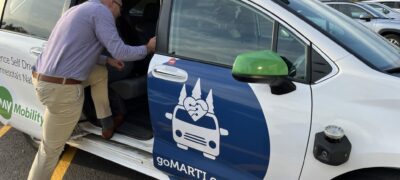
Deploying Automated Vehicles (AVs) is no simple feat, and this can be a particular challenge in small communities. In Grand…
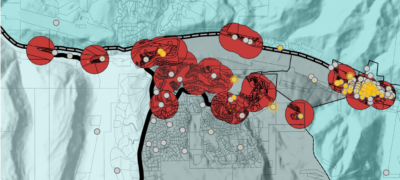
Maps are incredibly useful at visualizing data for transit planners. Unfortunately, that data can be pretty messy, and it can…
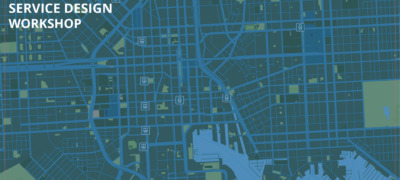
This course discusses the fundamental differences between fixed-route and microtransit services, as well as their complimentary nature. It also reviews…
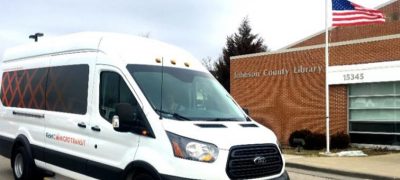
With the rise of app-enabled demand-response transit, or microtransit, it can be difficult to figure out how to balance fixed-route…
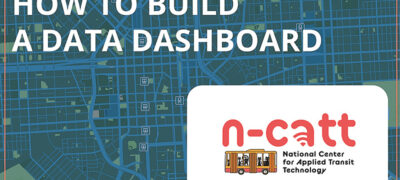
Using the techniques from this workshop, transit managers can make informed decisions to plan for the future of their agency,…
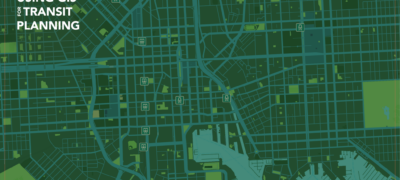
This hands-on workshop is geared toward transit agency staff who want to use GIS for analysis or map-making but may…
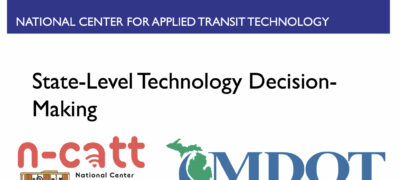
The explosion of new transit technology options can be difficult to keep up with for even the best-resourced transit agencies.…

Small transit agencies – think those without IT staff – might think they aren’t big enough targets for cybercrime. Think…

Geography and the built environment make it difficult for transit agencies to serve certain parts of their communities. Luckily, there…
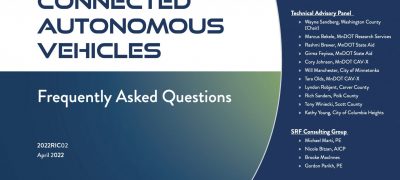
This resource was developed by the Minnesota Department of Transportation to answer frequently asked questions about Connected and Autonomous Vehicles…
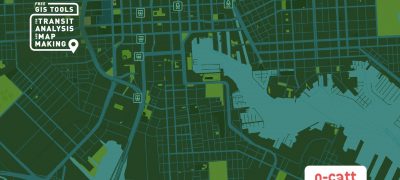
This hands-on workshop is geared toward transit agency staff, with little to no previous GIS experience, who want to use…
What’s the buzz about bus network redesigns? This two-part webinar series equips transit practitioners with key information about bus network…

Our name packs a lot into it, and that’s because we do a lot! If you’re new to our website,…
When it comes to investing in new technology for your transit system, it can be helpful to think of investing…

The framework of Mobility as a Service (MaaS) aims to make it easier for people to navigate and utilize different…
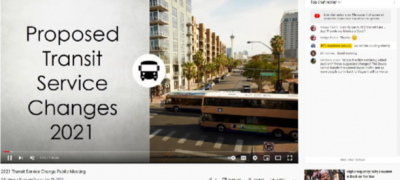
Social media has emerged as a powerful tool to communicate in a direct, inexpensive, flexible, and immediate way with the public.

It's easy to get overwhelmed by trendy tech phrases used in the public transportation world. Use this to decode some of them and their application to transit
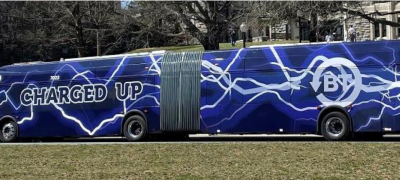
As low- and no-emission buses continue to gain market share among transit agencies, it is important for managers to develop…

Certain technologies, such as automated vehicles, require a lot of research and development to get right. While transit agencies need…

The purpose of this guidebook is to enable you and your agency to navigate the way forward in an informed fashion vis-à-vis the enhanced use of software for your services and by your customers.
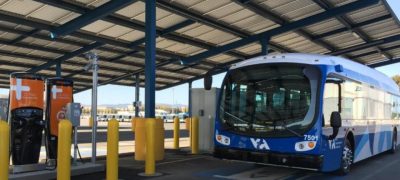
The N-CATT Guide to Green Energy Adoption for Transit Agencies (Green Energy Guide) is a tool for educating small-urban, rural, and tribal transit agencies on existing and emerging options for powering their transit operations with green electric power.

This guidebook aims to help you change your viewpoint by offering a framework for successfully articulating your operational needs, assessing whether technology can be part of a solution to them, and evaluating options.
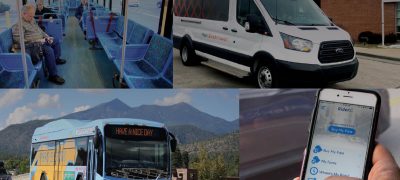
This guidebook seeks to assist in spreading the benefits of those innovations to smaller transit agencies that may lack the resources and capacities to research, analyze, and test new solutions that could enhance their services.

This guidebook addresses the state of the practice and emerging trends in data collection, management, and the use of open data.

Real-time transit information is a critical component of the passenger experience. Athens Clark County Transit in Georgia shows the tools…
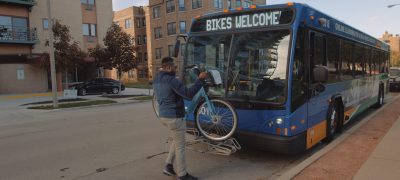
Micromobility options, especially bikeshare, have flourished in the past few years due to a number of technological advances. They represent…
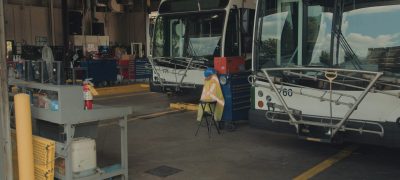
Asset management is a critical, behind-the-scenes effort that keeps vehicles on the road. Digital tools now allow agencies to better…

Micromobility options, especially bikeshare, have flourished in the past few years due to a number of technological advances. They represent…

The purpose of this guidebook is to offer a reference tool for transit agencies, mobility managers, human service transportation providers, tribal transportation programs and metropolitan planning organizations (MPOs) that seek to expand or diversify their practices for collaborating with their teams, policymakers, stakeholders, partners, and members of the public.

PICK Transportation is a consortium of rural transit providers in Oklahoma that have come together to provide on-demand service for…

Our friends at the Oregon Department of Transportation are also compiling technical resources that can help you think through various…
Microtransit is a wide-ranging concept that can take many forms. What you hope to accomplish affects the design, or flavor,…
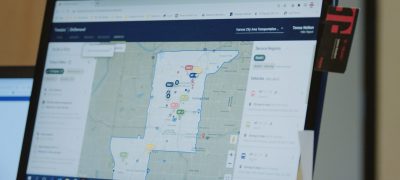
Johnson County, KS, has leveraged a microtransit service model to provide reliable transit in a low-density built environment where fixed-route…
The purpose of this Virtual Engagement Guidebook is to offer a reference tool for transit agencies, mobility managers, human service…

Antelope Valley Transit Authority in California has led the industry in converting their fleet to battery-electric buses, and can provide…
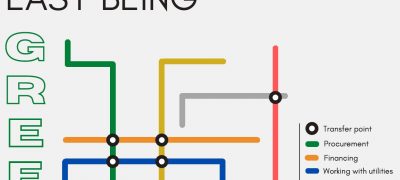
In August 2021, N-CATT and Mountain Line Transit in Missoula, Montana, held a workshop to walk through important considerations transit…
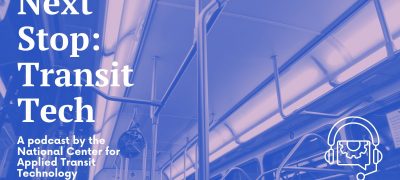
Next Stop: Transit Tech is a podcast series hosted by the National Center for Applied Transit Technology (N-CATT). In this…

The Chattanooga Area Regional Transportation Authority and Wayfinder have partnered to provide an app that helps people with cognitive disabilities…
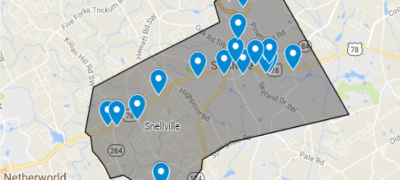
N-CATT speaks with transit agencies from neighboring counties who have pursued different microtransit projects in Georgia. We discuss their processes…

Procurement is a complex process, and emerging technologies can add to the confusion. Though every state and locality has unique…

The rate of change of transit software has reached a blistering pace, and it can be difficult to sort through…

There is a lot of information that transit agencies can use to inform how they serve their riders and communities.…
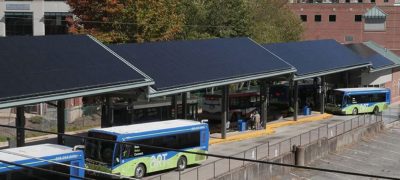
Adopting green energy is a complex process that goes well beyond buying zero-emission vehicles. There are a wide range of…
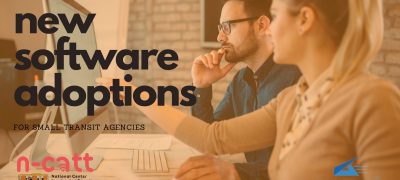
The ever-growing set of options for transit software systems can be difficult to navigate. To bring some clarity to the…

Green energy is becoming increasingly necessary for transit agencies to contribute to community climate goals. The good news is that…

Next Stop: Transit Tech is a podcast series hosted by the National Center for Applied Transit Technology (N-CATT). In this…

N-CATT holds State Technology Summits with state Departments of Transportation (DOTs) to facilitate collaboration on statewide technology prioritization. The goal…

Data is a vital ingredient to well-informed decisions, particularly in the transit sphere. But collecting and managing it, and then…
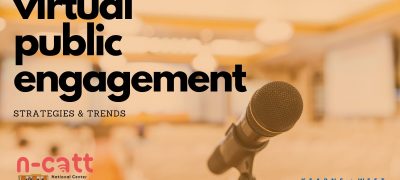
The COVID-19 pandemic forced transit agencies to pivot in a number of ways, including how they engage with the public.…

The Transportation Technical Assistance Coordination Library (TACL) provides a centralized resource on coordination from a range of transportation technical assistance…

The use of open source software in the transit industry has been growing rapidly in order to provide an alternative…
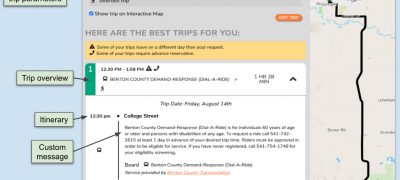
GTFS-flex exists to bring flexible transit services to trip planners—applications that provide travelers with navigational directions for multiple modes of…

This paper addresses testing, piloting and planning for a future in which vehicles will drive themselves without a human operator…
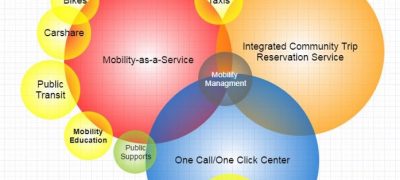
Since the concept of Mobility as a Service (MaaS) was defined in 2014 by Sonja Heikkilä, many transportation agencies around…
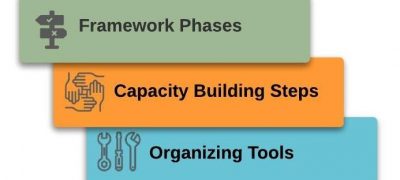
Transportation-related technology is a rapidly changing marketplace. It’s hard to stay up to date on the available options, understand how…
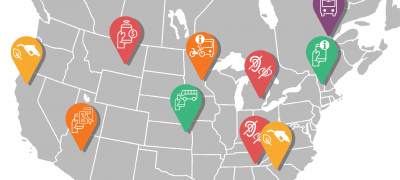
Contributors to N-CATT’s Promising Practices Guide tie together promising practices for successful technology adoption and case studies that examine a…
View as PDF This factsheet provides quick information drawn from N-CATT’s Promising Practices Guide. Many technology-based innovations in transit have…
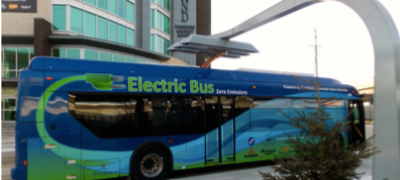
For transit agencies considering fleet electrification, a strong relationship with the local electric utility is critical, as adding ZEVs to…
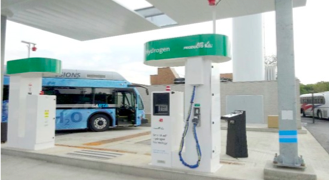
An alternative to battery-electric buses (BEBs) for transit agencies pursuing zero-emissions vehicles is hydrogen fuel cell electric vehicles (FCEVs). Their…

With the rapid evolution of transit technologies, it can be difficult to navigate what can best address your challenges, and…
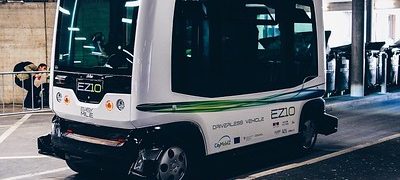
What is the reality of automated – or autonomous – vehicles (AVs)? What do AVs mean for transit? This webinar…

This webinar will cover the "other electric bus": hydrogen fuel cell electric vehicles.

This webinar summarizes the practical information about deploying electric vehicles, discusses charging technology, and infrastructure, and partnerships with electric utilities…
View as PDF Based on the N-CATT webinar presented by Carol Schweiger, Caroline Rodier, and Dwight Mengel on July 9,…

Mobility as a Service – commonly know as MaaS – is the integration of various forms of transportation services into…
View as PDF Mobility as a Service, known as MaaS, is not in itself a technology; nor is it a…
View as PDF AV 4.0 In January 2020, Secretary of Transportation Elaine Chao released what is commonly referred to as…
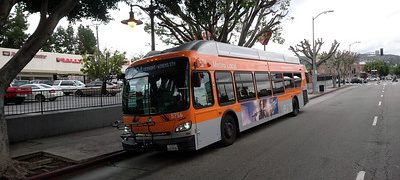
The webinar covers GTFS-flex from a variety of angles and will help you figure out exactly what you need to know about GTFS-flex, and what it offers to your agency.
View as PDF Data collection provides an opportunity for transit agencies, even small-urban and rural departments, to gain significant insights…

This webinar provides the definitions of open source software and open data, and how transit agencies can benefit from using them.